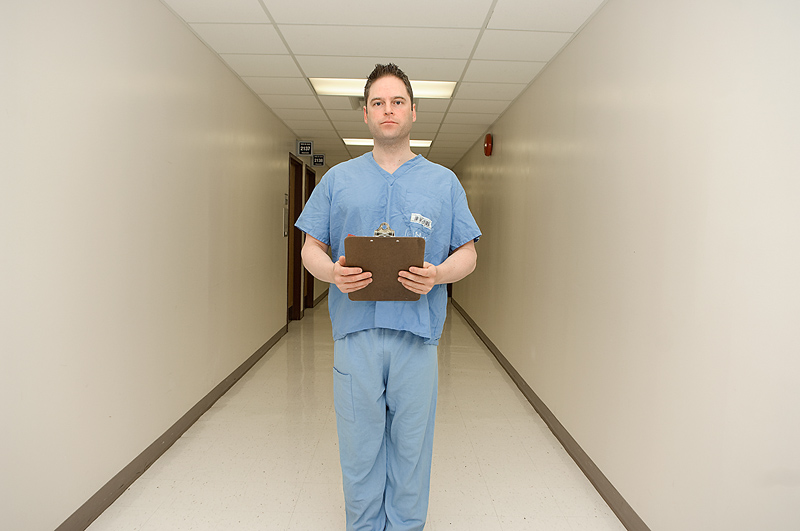
WEDNESDAY, Oct. 12 (HealthDay News) — Changes in the bacteria in a person’s mouth might signal the onset of pancreatic cancer, preliminary research reveals.
The small study suggests that it eventually might be possible to screen for the deadly disease simply by analyzing a patient’s saliva, as the presence or absence of certain oral bacteria seems to indicate a higher risk.
The observation, however, raises the question: Does pancreatic cancer prompt changes in an individual’s oral bacterial landscape, or are such shifts actually driving the onset of disease?
“We don’t yet know,” cautioned study author Dr. James J. Farrell, an associate professor with the UCLA Center for Pancreatic Diseases at the University of California, Los Angeles. “This is a small study, and just the first step. But certainly this is the first indication of its kind that an analysis of oral flora can find differences that could point to a mechanism where pancreatic cancer might develop.”
“At the same time,” added Farrell, “what led us to explore this in the first place is the search for the holy grail: a test that would identify malignancy early on, because the problem with pancreatic cancer is that the vast majority of patients present at a very late stage. Only about 15 percent are diagnosed at a point where they’re eligible to have surgery. So for most the only option is chemotherapy, which has a very poor response rate. So, there’s a dire need for early detection. And this work could, down the road, lead to a noninvasive and widely applicable way to get just that.”
Farrell and his colleague report their findings in the current online issue of the journal Gut.
Pancreatic cancer is typically very aggressive, with only about 5 percent of patients living five years beyond their diagnosis. Apple co-founder Steve Jobs died last week of the disease.
The research team set out to explore a possible oral connection to pancreatic cancer by comparing the saliva content of 10 cancer patients — whose disease had not spread — with that of 10 healthy individuals of similar age and gender.
The oral cavity hosts upward of 700 different species of bacteria, some of which are linked to periodontitis, a bacteria-driven inflammatory disease.
The cancer patients carried 31 species of bacteria not present in the mouths of the healthy participants. At the same time, those with cancer lacked 25 other species that were present among the disease-free pool.
A second oral comparison was made between 28 cancer patients, 27 patients with chronic pancreatitis (thereby at high risk for cancer), and 28 healthy individuals.
The result: Two bacterial species —Neisseria elongata and Streptococcus mitis — were much more likely to be found in the mouths of healthy people than those with cancer. Scanning for levels of these two bacteria enabled the research team to accurately distinguish between cancer patients and healthy participants more than three-quarters of the time (80 percent).
In reverse, levels of another species — Granulicatella adjacens — were higher among those with disease.
Differences in bacterial composition also existed among patients with chronic pancreatitis, relative to healthy people.
“Although any advance in the arena of early detection is important, what is perhaps more important is the idea that oral floral changes are part of the cause of pancreatic cancer,” Farrell said. “And although we don’t yet know, in fact most of the pieces of data already out there looking at oral hygiene — mostly with respect to cardiac disease — would suggest that the interplay between oral bacteria and our cells can lead to disease.
“And this idea opens up a whole new arena for exploration,” he added. “Because it would mean, in theory, that we could have a whole new target for cancer intervention.”
Dr. Michael Choti, a professor of surgery and oncology at the Sidney Kimmel Comprehensive Cancer Center at Johns Hopkins University in Baltimore, described the UCLA team’s work as “interesting,” but cautioned that more follow-up is needed.
“We’re not at the point where people should go and get saliva swabs,” he said. “And it’s not clear whether there’s anything causative here. It’s way too early to know that.
“But clearly there’s a lot of interest now in trying to develop ways to detect early stage pancreatic cancer,” Choti added. “And there is precedent for this approach with other types of malignancies. What we don’t yet know, however, is whether these changes in bacteria occur early enough in the development of cancer to be a useful tool for early detection. It’s possible the changes occur later in the course of disease, in which case not only would it not be causative but it would not help at getting to an early diagnosis.”
“But the work is certainly promising,” he said. “And worthy of further research.”
More information
To learn about pancreatic cancer, visit the U.S. National Library of Medicine.

